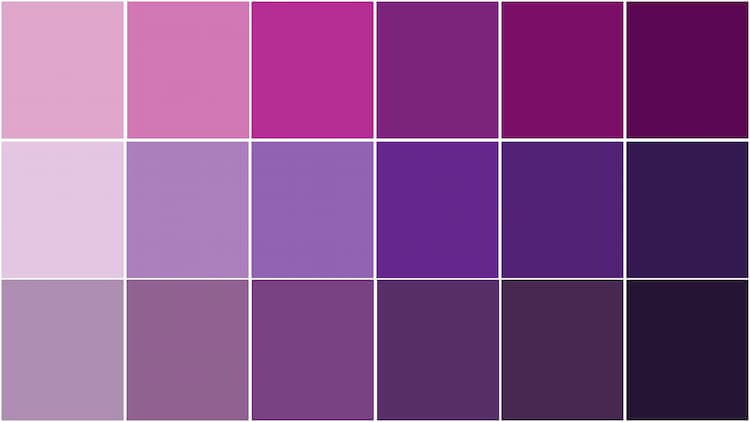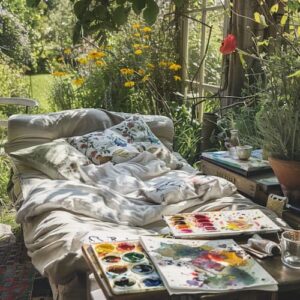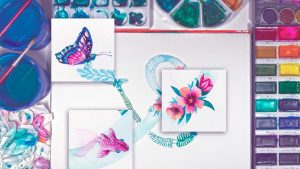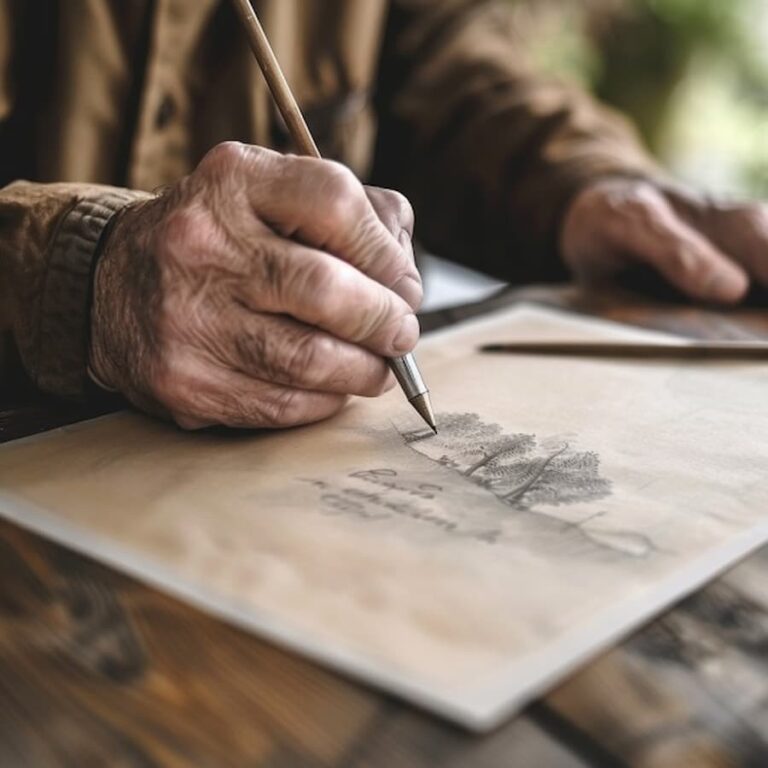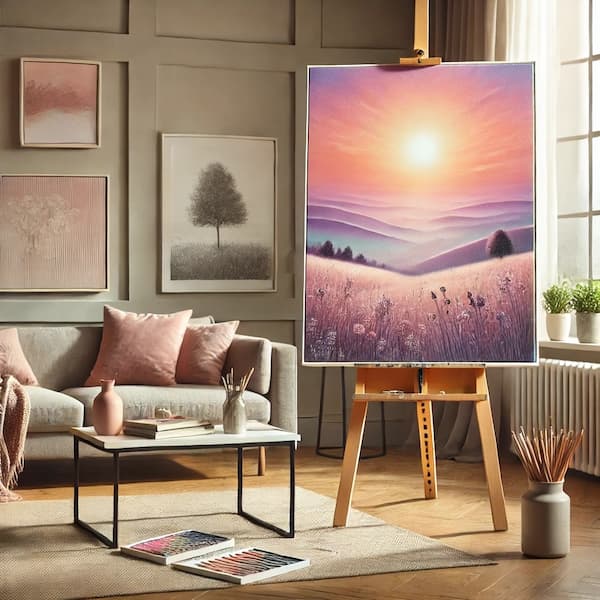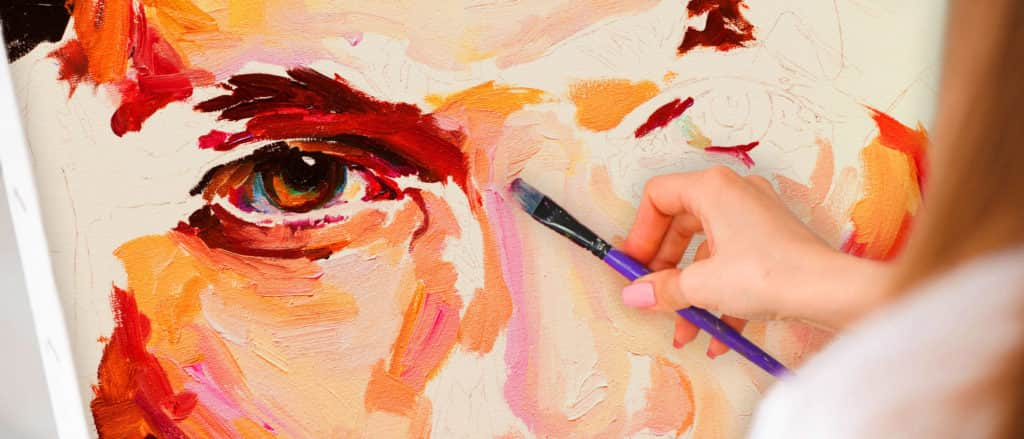Hello, artenauta! We would like to talk to you about a color endowed with great symbolism and versatility, widely used in the artistic field, as well as in decoration, fashion…: we tell you how to make purple.
Curiosities about purple
- If in previous posts we said that blue and green were among the favorite colors of the majority of the population, the opposite is true for purple, which is not among the “favorite” colors chosen by the majority of the population.
- On a psychological level, the meaning of the color purple is related to elegance, spirituality, wisdom, consciousness, the mysterious, the magical or sensitivity. It is the middle ground between the strength and vitality of red and the calmness of blue.
- In the Catholic Church, bishops wear purple because this color is also related to the concept of “piety”. It is also a color widely used during Lent and Advent because of its interpretation as a sign of humility and penitence.
- In advertising it is widely used for very exclusive or luxury items.
- Purple is associated with luxury because, centuries ago, it was one of the most expensive dyes to obtain, so only the nobility could wear it on their garments.
- For Italian actors this color represents “bad luck” (as in the case of Spain it is yellow). This superstition has its origins in the Middle Ages, where, in times of Lent and Advent, all kinds of spectacles were forbidden (as we commented in the second point, purple is precisely the color linked to the ecclesiastical celebrations that take place in these periods).
- In some countries, such as Turkey, the use of the color purple is associated with mourning.
How to make purple color
Also learn how to make the colors:
- We can mix cyan and magenta in small quantities until we get the shade of purple we are looking for:
- The more cyan we use, the deeper the shade we obtain.
- The more magenta we use, the more warmth we will get in the resulting tone.
- Within the purple range, depending on whether the trend is more magenta or more blue, we will obtain shades with different names: from carmine, through violet and purple, to indigo.
- We can also add magenta to ultramarine blue (which itself tends to magenta), resulting in a darker purple than when using cyan.
- Another option is to obtain purple by mixing different secondary shades of blue and red. In this case, we must be very careful, since, if the tone has green or yellow shades, we can break the resulting tone, that is to say, the purple we will obtain may be duller, tending to a gray or brown tone.
We recommend you to read our post about Color Theory, to know more in depth all those related concepts we named in this post (such as broken tones, primary colors, secondary colors…) and understand better what they are and how they can help you to achieve the expected result in your artwork.
Also, if you want to continue learning and deepen in color mixtures, visit our Painting Course, where we will teach you everything you need to know to become a true artist.

